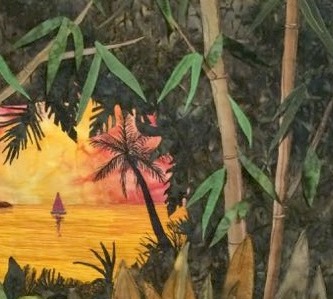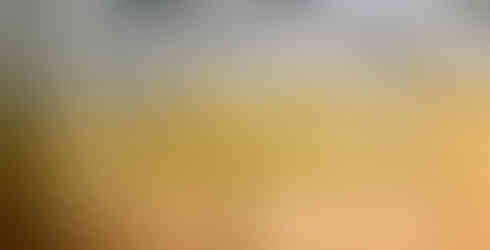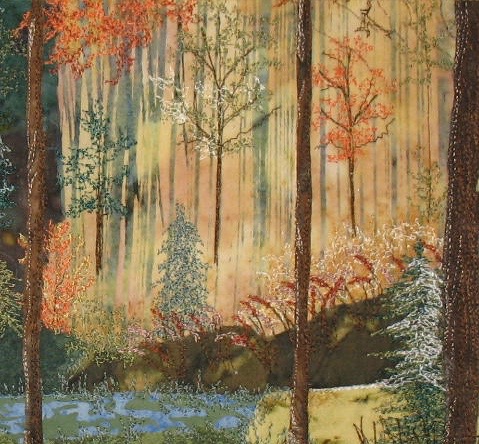Yipes! Stripes?
- Bonnie Langenfeld from Landscapes in Fabric
- Jul 27, 2018
- 2 min read
Updated: Jan 9, 2025
Recently my niece, Fran, and I were going through fabrics at a quilt shop deciding which ones work well for fabric landscapes. It helped me realize what a wide variety of striped fabrics are available and how well they 'let the fabric do the work for you'. (Hover over picture to see slide show.)
Here are some of my pieces in which I have used striped fabrics: the bamboo trunks and water in the first one, the sky in the second and third. Each sky is one whole piece of fabric. Can you find other striped fabrics I used? The blotchy, blurry ones are most effective because they allow you to use your imagination as to what they can become.
(Because I like to work efficiently, I don't press fabrics until I use them. Sorry if the folds and wrinkles bother you.)
If you squint, what can you imagine these stripes to be? I see lots of oceans, skies, and land areas. What if you rotate them a quarter turn or a half turn? When you see fabrics in person, their scale will make a difference for their use. Find some fabrics, squint, and twist and turn them! (Hover again, please.)
Below are some ideas for using stripes: The top left is a 3d concept I'm exploring with the top right fabric as the entire background. It's important to choose the right area to do the work you want it to do.
In the lower left I have made a yellow outline of a tree which would be nicely shaded and highlighted by the colors in the fabric. Of course, turned on its side it could be something very different. On the left, imagine if you cut horizontal sections across the fabric in the areas numbered 1,2,3, and 4. Then, slightly overlap those pieces. Wouldn't it look like mounds of snow or sand?
Alfred Sisley, 1839-1899, created Le Pont de Moret in 1888, Consider using the lower left fabric (above) placed vertically for some of the building walls, or horizontally for the bridges and stone walls. It could also be used as reflections in the water, in fact for the water itself, with some horizontal stitching over it for movement of the water. Hmmmm.

Pierre Auguste Renoir, 1841-1919, created this oil painting entitled The Piazza San Marco, Venice, 1881.
Can you imagine how to use muted and/or blurry stripes in this picture?

Yipes! Stripes! Pelican here is in an unfinished stage. I used stripes to help show feather direction and shading on the head. It was thread sketched in a later step. I have it, completed, on this page.
Hope you have fun with stripes, send me pictures of how you've used them. I'd love to put them in the blog for others to see. Send them to me here.
Happy stripping-eh, striping!







































Comments